eDiscovery is the most expensive part of litigation. The American Bar Association estimates that document review alone accounts for more than 80 percent of total litigation cost. And though the most frequent misstep in eDiscovery management is a lack of strategic planning, many law firms and legal departments still fail to plan in this area.
It doesn’t have to be this way.
By following some best practices – namely developing your own eDiscovery “Dream Team” – you can avoid time-consuming and expensive pitfalls. Though your team won’t include Michael Jordan, it will ensure your organization has a plan for eDiscovery.
Why Planning Matters
If “culture eats strategy for breakfast” then it’s fair to say that “strategy eats costs for lunch,” at least when the subject is eDiscovery. Reactivity is a given for those who refuse to plan for discovery issues, triggering the following hidden costs:
- Mistakes. The worst posture for an organization facing a time-critical, high data volume eDiscovery project is an ad hoc, reactive approach. That often leads to avoidable rework – or worse – case-shifting mistakes. eDiscovery missteps can lead to sanctions and hamper your team’s ability to move cases forward on the merits.
- Poor data management. Some might think it’s a waste of time and money to plan how you will address eDiscovery requests. But it costs roughly $18,000 to manage one gigabyte of data through review, according to the RAND Institute for Civil Justice. So companies that house decades of data from various sources (see “The Reactive Approach”), fail to implement advantageous data retention policies, or lose control of scope will likely experience cost overruns.
- One-size-fits-all outsourcing. When law departments lack a robust eDiscovery program, they seek outside help. But outside lawyers generally operate in terms of controlling risk and might instinctively do too much, too early due to a focus on worst-case-scenario thinking. The result? You get the all-inclusive package whether you need it or not.
- Losses. Culling data from various platforms is hard work and not always intuitive. Failure to create a team of experts to guide you through the process can be dangerous. And as internet provocateur, Alex Jones recently learned, the larger the mistake, the more costly it can be for your case.
Bottom line: hidden costs can make eDiscovery more expensive than you think.
How to Plan for eDiscovery
In Level Legal’s experience, creating a plan starts with determining success criteria and centers around having the right team members and technology in place to achieve the organization’s goals. Base your decisions on your organizational priorities, level of risk, budget, and the likelihood of future requests down the road.
Here are our top recommendations, culminating with the composition of the Dream Team:
- Begin with the end in mind. What does a win look like for your organization? If your hope is to settle issues quickly, it’s possible a bare-bones eDiscovery approach might be appropriate. But if your goal is winning on the merits through comprehensive discovery and fact development, start by implementing policies now to help guide your process. Tracking and studying key metrics, like what types of cases are likely to arise, how much data might be involved, and how to cull information from various tech platforms is integral to the success of an eDiscovery plan. Otherwise, a lack of litigation-ready policies and procedures will likely increase costs and frustration.
- Strategize toward that goal. Without a plan, your organization doesn’t know where it’s headed, which may lead to sub-optimal agreements of scope during the meet-and-confer process. For example, a firm might react to eDiscovery requests before agreeing internally on success criteria, leaving stakeholders surprised or frustrated downstream.
- Involve your Dream Team from day one. That way members can use their strengths to develop a thoughtful, tailored strategy to avoid scope creep, inefficiency, and avoidable rework. Direct the team to highlight the important factors dealing with eDiscovery and determine how those factors will operate within your overall plan.
Ask yourself: How are our litigation holds initiated? What data will likely need to be collected, and where will that data come from? Is our data backed up? What search terms will we use? Will we outsource any of the process? How will we approach defensible culling and workflow triage?
Although there’s no universal eDiscovery manual, the Electronic Discovery Reference Model (EDRM) is a framework that can guide your Dream Team toward effective decision making. The EDRM consists of nine steps for electronic information management. Start there and tailor to fit your organization’s goals.
- Assemble the Dream Team. What would the 1992 Olympics U.S. men’s basketball team have been without Jordan’s unparalleled offensive prowess or Larry Bird’s consistency and hustle? Your eDiscovery team must include certain individuals or vendors to develop and execute a successful plan:
- The tech preservation guru knows the technical aspects of preserving data and can collaborate well with internal teams and outside counsel during the custodian interview and data scoping stage.
- The dataset expert understands the idiosyncrasies of Google, Microsoft, Slack, and other platforms in your tech stack. Her knowledge will prevent sanctionable errors in collection staging.
- The business intelligence and reporting wizard balances budget and deadlines to ensure you stay on track.
- The strategist examines the project from end to end, including scope, systems, custodians, data sources, innovative culling, advanced review workflows, and production; usually, he’s a seasoned consultant and has seen everything more than once.
- The project manager advises counsel on production specifications, resets goals based on new information, strategizes based on deep expertise in preparing data for review, and working pursuant to a master eDiscovery schedule. Sometimes this role requires more than one person. You might also consider eDiscovery certification for your project manager(s).
- Tech ambassador/evangelist gets tech, datasets, strategy, maximizing results, and keeping the trains running on time – think the user, the expert, the consultant. Many eDiscovery teams fail to include this important role.
Don’t forget that you don’t have to do it all yourself. Consider outsourcing Dream Team functions even if you can fill every role. The reasons: Internal groups typically lack industry-wide knowledge or awareness of the latest technologies.
Finally, beware of vendor red flags, like those that tout a standardized eDiscovery process rather than an individualized one or that prefer certain software tools regardless of whether they are the best fit for your situation.
A successful eDiscovery plan keeps the legal team informed as it works towards a positive outcome for your cases. That’s why it’s vital to create and implement a planned approach to eDiscovery issues from the start.
Missing a key role on your eDiscovery Dream Team? Contact Level Legal for help.
Daniel Bonner is the MacGyver of Level Legal. There’s nothing the director of client solutions can’t figure out, from housebuilding to vehicle restoration to precision shooting. At work, he pays careful attention to details and communicates clearly with clients to deliver the delightful service our customers have come to expect.


